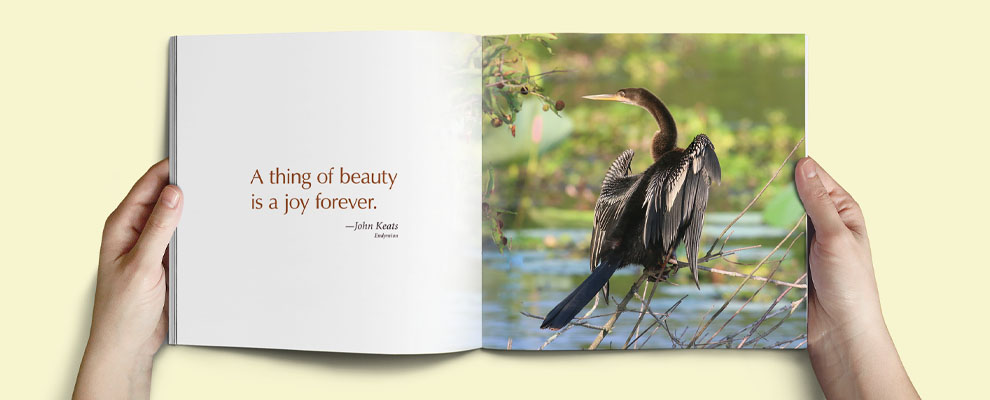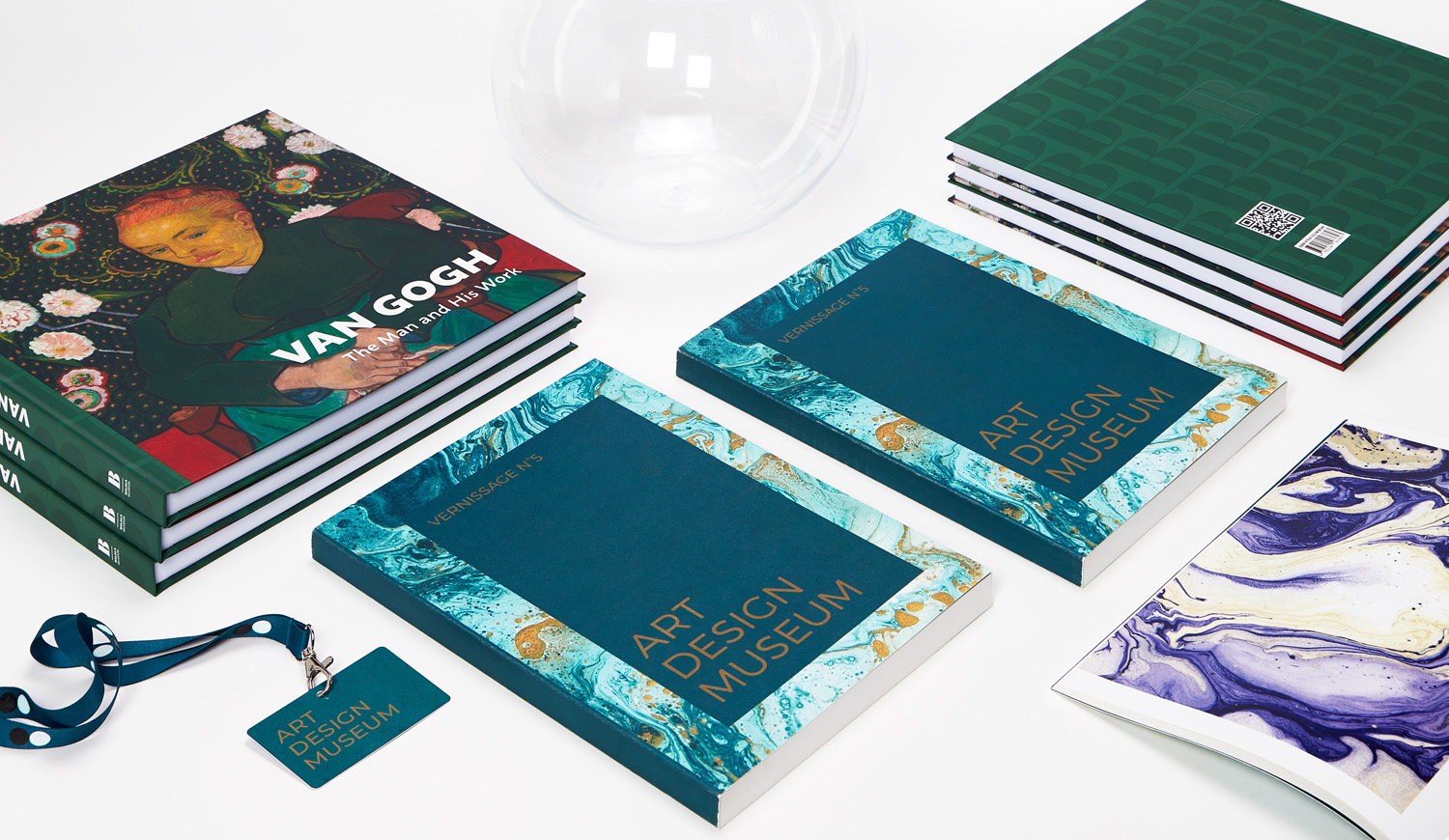Discover the Vital Overview to Art Book Printing for Aspiring Artists and Publishers
As an aspiring musician or author, comprehending the subtleties of art book printing is important to bringing your vision to life. What are the crucial components you should concentrate on to create a stunning art book that genuinely represents your job?
Recognizing Various Kinds Of Art Books
When you plunge into the world of art books, you'll rapidly find that they are available in numerous kinds, each customized to various artistic expressions and audiences. Coffee table books frequently showcase spectacular visuals, ideal for informal surfing, while essays dive deep right into a specific musician's job, supplying context and understandings. If you have an interest in certain art motions, exhibit directories use in-depth paperwork of shows, featuring essays and critiques.
For instructional objectives, art guidebooks and technique publications lead you with various mediums and designs, making them crucial for aiming musicians. Lastly, limited edition or musician books blur the lines in between art and literary works, commonly integrating unique layout components or hand-crafted features. Comprehending these kinds helps you determine what reverberates with you and what could ideal match your target market. Each layout offers its function, and knowing their distinctions can improve your art book trip.
Choosing the Right Paper and Materials
Picking the ideal paper and products can greatly impact the overall quality and feel of your art book. For vivid shades and elaborate details, opt for a shiny surface or a heavyweight matte paper that improves aesthetic depth.
Think of the weight of the paper, too. Thicker options often lend an even more specialist appearance, while lighter papers can decrease printing costs. Don't fail to remember concerning the binding materials; a sturdy cover can protect your pages and contribute to guide's aesthetic.
Lastly, consider sustainability. Green choices are getting popularity and can mirror your worths as an artist. By meticulously picking your paper and materials, you'll ensure that your art book not only looks excellent however additionally feels special in the hands of your readers.

Selecting the Finest Printing Strategies
When it pertains to publishing your art book, choosing between offset and digital printing can significantly influence your last product. You'll additionally wish to take right into account just how paper top quality influences the overall feel and look of your artwork. Allow's explore these crucial printing methods to locate the most effective suitable for your project.
Balanced Out vs. Digital Printing
While both offset and digital printing have their advantages, picking the ideal technique for your art book can considerably impact the last item. Balanced out printing uses top notch photos and lively colors, making it excellent for larger print runs. Ultimately, your choice must line up with your creative vision and distribution approach, making sure that your art book shows the top quality you prefer.
Paper Top Quality Considerations
Choosing the right paper top quality can considerably improve the aesthetic appeal and tactile experience of your art book. Begin by considering the weight and texture of the paper. Heavier paper commonly feels even more glamorous and can better display dynamic shades and complex information. For prints, a glossy coating can make images pop, while a matte coating offers a softer, a lot more refined look. Don't neglect concerning the paper's brightness; brighter sheets can improve color precision and comparison.
Following, consider the sustainability of your option. Environmentally friendly alternatives are coming to be significantly preferred and can attract environmentally-conscious readers. Lastly, demand samples to see exactly how various papers collaborate with your art work, guaranteeing the end product shows your vision flawlessly.
Making Sure Shade Precision in Your Prints
To achieve spectacular prints, you need to concentrate on color precision from the beginning. You'll intend to utilize color calibration strategies to verify your display and printer remain in sync. In addition, proofing your job before the final print run can aid catch any type of disparities, guaranteeing your art looks just as you imagined.
Shade Calibration Strategies
Guaranteeing shade precision in your prints begins with reliable shade calibration methods that assist maintain uniformity in between your digital pictures and last printed products. Next off, choose a color account suited for your printing procedure, like CMYK for print materials. By constantly using these methods, you'll enhance the general high quality of your art prints and far better convey your imaginative vision.
Proofing for Accuracy
While you could think your digital pictures await print, proofing is crucial for achieving color precision. Prior to devoting to a complete print run, constantly ask for a proof from your printer. This allows you to see exactly how shades translate from screen to paper. Contrast the proof with your calibrated display to spot any kind of disparities. Take notice of saturation, brightness, and tone, as these aspects can significantly impact your end product.
If changes are needed, connect clearly with your printer about your wanted end results. Don't hesitate to demand multiple evidence if necessary; it's worth the financial investment to get it. Ultimately, comprehensive proofing assurances that your artwork is stood for as you visualized it, maintaining your imaginative stability throughout the printing procedure.

Designing Layouts That Enhance Your Artwork
When you make formats for your art book, it's vital to ponder just how each aspect interacts with your art work. Go for an equilibrium in between visuals and text, making sure neither overshadows the other. Usage white area purposefully; it provides your artwork space to take a breath and attracts attention to its information.
Think about the circulation of your book. Prepare images in a means that overviews the reader's eye, producing a narrative or thematic progression. art book. Differ the sizes and positionings of your artwork to maintain the format vibrant and fascinating
Select font styles that complement your art work without sidetracking from it. Keep text concise and appropriate, offering context or insight that boosts the next viewer's experience.
Finally, examination various designs. Print samples to see how the designs translate theoretically, and readjust as needed. By thoughtfully creating your formats, you'll create a visually interesting art book that resonates with your audience.
Binding Choices for a Professional Complete
Choosing the right binding option can greatly impact the overall discussion of your art book. You'll desire to think about both visual appeals and resilience when making your choice. Popular alternatives include excellent binding, which provides a streamlined appearance and is best for thicker books; saddle sewing, ideal for smaller sized pamphlets; and spiral binding, which allows pages to lay level for very easy watching.
If you're going for a premium feel, case binding is an exceptional choice, giving a strong cover and a specialist appearance (art book). Do not forget about the cover material; choices like towel, leather, or a shiny coating can boost your book's appeal
Whatever choice you choose, see to it it matches your artwork and enhances the viewers's experience. Take your time to weigh the benefits and drawbacks of each approach, so your final item mirrors the top quality of your imaginative vision.
Preparing Your Apply For Print Preparedness
To assure your art book is print-ready, you'll require to pay attention to submit prep work. Start by establishing your document size to match your desired print dimensions. Usage high-resolution images-- 300 DPI is the requirement-- to determine sharp, vivid visuals. Transform your data to CMYK mode, as this shade space is ideal for printing. Don't forget to include hemorrhage locations, usually an added 0.125 inches around your web pages, to avoid any white sides after trimming.
Additionally, embed your fonts or convert text to outlines to prevent any font style issues. Conserve your operate in a PDF style, as this is the most accepted file kind for printers. Verify your documents for any typos or design errors, as changes can be pricey after the truth. Think about creating a proof to assess prior to the final print run. Following these steps will certainly help you attain a polished, expert art book.
Frequently Asked Concerns
What Is the Typical Expense of Printing an Art Book?
The average expense of publishing an art book differs, however you can anticipate to pay anywhere from $5 to $20 per copy, relying on elements like dimension, paper high quality, and printing volume.
Just How Can I Find a Reliable Printing Business?
To locate a trustworthy printing business, beginning by investigating on-line testimonials and asking fellow artists for referrals. Compare quotes, inspect profiles, and connect your needs plainly to ensure they recognize your vision and quality assumptions.
What Is the Regular Turnaround Time for Printing?
The normal turn-around time for printing differs but usually varies from one to four weeks. Elements like project complexity and volume can advice impact this. Constantly validate click this with your picked printer for details timelines and assumptions.
Can I Publish My Art Book in Limited Quantities?
Yes, you can most definitely publish your art book in restricted quantities. Lots of printing business use short-run options, enabling you to produce just the number you require, making it much easier to handle prices and stock.
What Lawful Factors To Consider Should I Know for My Art Book?
You ought to consider copyright, licensing arrangements, and version launches when developing your art book. Ensure you have the right to utilize all pictures and text, securing yourself from possible lawful problems down the road.